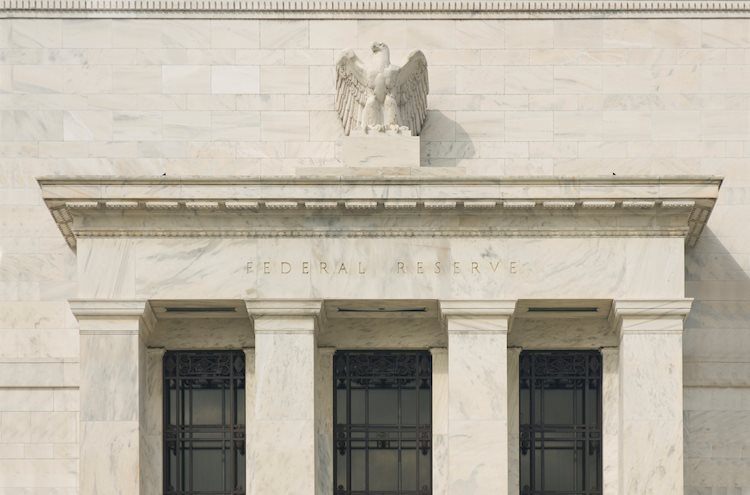Federal Reserve Bank of New York President John Williams said on Monday that the Fed officials will likely need to cut the interest rates further to move policy to a neutral stance now that risks to inflation and employment have become more balanced, per Bloomberg.
Key quotes
One could argue a case for skipping a rate cut in December, will be watching data closely to decide.
Policy is restrictive enough that a Dec cut still allows ample scope to slow pace of cuts later if needed.
Forecasts show inflation on the path to 2% in medium term.
Money policy remains ‘significantly restrictive’.
Still ‘a ways to go’ in reducing rate to neutral.
The speed and timing of cuts to be determined by economic conditions.
When I look at a broader range of labor market data, it tells a fairly consistent story over the past year about moderating demand relative to supply.
Recent data on inflation indicate that progress may be stalling.
If policymakers’ estimates of the target range at the end of next year are close to correct, then the Committee will most likely be skipping rate cuts multiple times on the way to that destination.
Expects more rate cuts to happen over time.
Monetary policy remains in a restrictive stance.
What the Fed does with policy depends on incoming data.
Outlook for economy and policy remains ‘highly uncertain.’
Expects US GDP at 2.5% this year, might be higher.
Sees unemployment rate between 4%-4.25% over coming months.
Expects US inflation around 2.25% for 2024.
Further progress on inflation may be uneven.
The US economy is in good place, labor market is solid, in balance.
Expects inflation to continue to gradually ebb to 2%.
Job market unlikely to be a source of higher inflation.
Labor market is softer but still pretty solid.
Will need to bring interest rates down over time.
Unclear where neutral rate is right now
Businesses are finding less ability to push through price increases
Direction is toward lower rates over time.
Appropriate for policy to be somewhat restrictive given inflation.
Critical to get inflation back to 2%.
Not seeing any signs of a US recession.
Market reaction
The US Dollar Index (DXY) is trading 0.01% lower on the day at 106.40, as of writing.
Fed FAQs
Monetary policy in the US is shaped by the Federal Reserve (Fed). The Fed has two mandates: to achieve price stability and foster full employment. Its primary tool to achieve these goals is by adjusting interest rates. When prices are rising too quickly and inflation is above the Fed’s 2% target, it raises interest rates, increasing borrowing costs throughout the economy. This results in a stronger US Dollar (USD) as it makes the US a more attractive place for international investors to park their money. When inflation falls below 2% or the Unemployment Rate is too high, the Fed may lower interest rates to encourage borrowing, which weighs on the Greenback.
The Federal Reserve (Fed) holds eight policy meetings a year, where the Federal Open Market Committee (FOMC) assesses economic conditions and makes monetary policy decisions. The FOMC is attended by twelve Fed officials – the seven members of the Board of Governors, the president of the Federal Reserve Bank of New York, and four of the remaining eleven regional Reserve Bank presidents, who serve one-year terms on a rotating basis.
In extreme situations, the Federal Reserve may resort to a policy named Quantitative Easing (QE). QE is the process by which the Fed substantially increases the flow of credit in a stuck financial system. It is a non-standard policy measure used during crises or when inflation is extremely low. It was the Fed’s weapon of choice during the Great Financial Crisis in 2008. It involves the Fed printing more Dollars and using them to buy high grade bonds from financial institutions. QE usually weakens the US Dollar.
Quantitative tightening (QT) is the reverse process of QE, whereby the Federal Reserve stops buying bonds from financial institutions and does not reinvest the principal from the bonds it holds maturing, to purchase new bonds. It is usually positive for the value of the US Dollar.
Read the full article here

